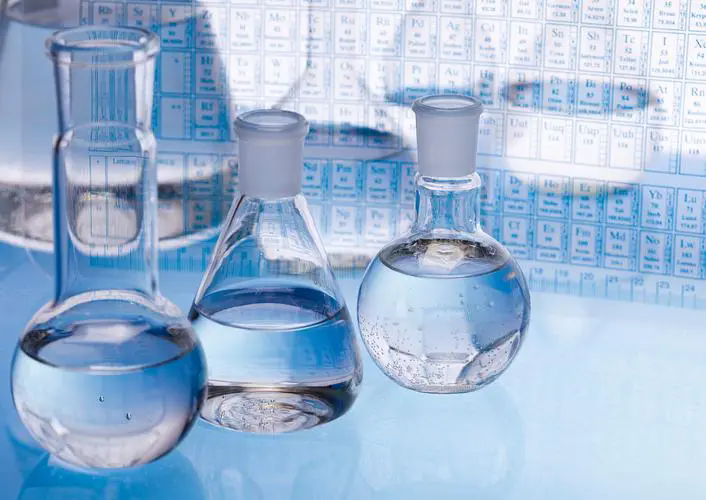When selecting appropriate defoamers to deal with different liquid properties, multiple factors need to be considered comprehensively to ensure the stability of defoaming effect and product quality. Different liquids have different surface tensions, and the higher the surface tension of the liquid, the easier it is for bubbles to form and difficult
to rupture. Understanding the surface tension of liquids is an important foundation for selecting defoamers. The viscosity of liquids can also affect the stability of bubbles and the dispersibility of defoamers. Liquids with higher viscosity may require higher concentrations of defoamers or specific types of defoamers to ensure effective
defoaming. Some defoamers are sensitive to pH values, and liquids with different pH values may require different types of defoamers to ensure their stability and effectiveness. Understand the main components of the liquid and possible additives to ensure compatibility between the selected defoamer and the liquid components, avoiding
chemical reactions or adverse consequences.

Select the appropriate amount of defoamer according to the foam degree of the liquid. The liquid with severe foam may need more defoamer. Consider the influence of process conditions such as temperature, pressure, and stirring speed on the effectiveness of defoamers. In high temperature or high pressure environments, higher
concentrations of defoamers or more frequent additions may be required. Choose defoamers that meet safety standards and environmental requirements to ensure safety and minimize environmental impact during the production process.

 English
English
 Chinese
Chinese Vietnamese
Vietnamese
 HOME
HOME
 PRODUCT
PRODUCT
 NEWS
NEWS
 CONTACT
CONTACT


